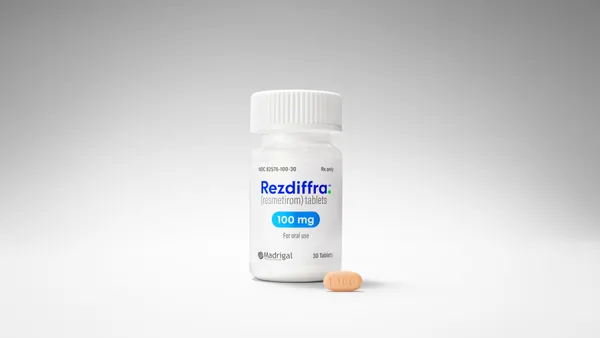38 September 2008 VIEW on Marketing PAYER MARKETS With hurricane season at its peak, one might wonder, “What will the prevailing winds bring to the pharmaceutical, biotech and medical device industries, and how can manufacturers weather the storms?” In recent years, three major trends have emerged: . A decreasing number of FDA approvals (only 13 new molecular entities or new combination approvals in the first seven months of 2008). . An increased focus on comparative effectiveness, as evidenced recently by legislation introduced to establish a private, nonprofit institute to examine and generate evidence on treatments that achieve the best clinical outcome for patients (Comparative Effectiveness Research Act of 2008). . Large reductions (20%+) in pharmaceutical manufacturer sales forces in favor of smaller, targeted field teams focused on payers. With these major shifts, a solid payer value proposition for both new and marketed products is no longer a “nice to have.” Payer Perspective Many pharmaceutical, biotech and medical device professionals might think of their product’s value proposition as the culmination of the clinical research differentiating the brand from its competitors. Clinical differentiation is certainly a critical aspect of the value proposition, but from the payer perspective, this information alone does not present a complete picture. Payers want to know why they should pay a premium for new technologies when older, less expensive technologies seem to perform just fine. In response, manufacturers must develop a Market Value Plan. A Market Value Plan is a strategic and tactical platform upon which a product’s value proposition is built, validated and delivered to decision makers. A seamlessly executed Market Value Plan enhances patient access to healthcare technology and can have multimillion dollar implications. To illustrate, consider a fictional product that has been developed to treat the common cold. Suppose that clinical trial data prove this product reduces the average duration of an episode of the cold by one day. This sounds good, but why should a payer provide coverage? What are the economic consequences of the cold that warrant investment in this treatment—especially given that the cold resolves with no treatment at all? Building a Market Value Plan To build a MarketValue Plan for this product, we first need to define the unmet health outcomes and/or economic need from each stake holder’s perspective. Obviously, the patient and physician seek symptom relief. But what is the payer’s incentive to cover a presumably expensive agent for a selflimiting condition that will likely affect a significant portion of its covered population? Suppose we can establish the financial burden of the cold from the standpoint of the employer (a key customer of the payer) by looking at the impact of lost productivity. Through primary and secondary market research, we might discover that, on average, 1.5 days of work are missed for each episode of the cold. Further, we could discover that the most common day missed is the second day, when symptoms are most severe. When this economic impact is quantified over a large population like a health plan, the market need becomes obvious. Suppose that further analysis of the clinical trial data revealed that overall symptom severity was reduced by 60% over the first two days of the outbreak when compared to a placebo plus usual care. This could be significant if it results in employees feeling well enough to work. So, which sounds better from a payer and employer perspective: “Product X reduces the duration of the cold by 1 day,” or “Product X cuts symptom severity by 60% on the days that have typically resulted in employee absenteeism“? This value proposition would obviously need to be bolstered with more clinical data supporting this differentiator and realworld outcomes studies to further prove this benefit. Along the way, it would be critical to test key value arguments through market research activities with payers and course correct the messaging and supporting evidence as needed. Lastly, with a fully validated value proposition for payers and refined messaging, the manufacturer can set about delivering that message through a series of value demonstration tactics that are tailored to the setting and learning style of the audience. Presentations, interactive models, clinical and economic value dossiers and other tools all round out the execution phase of the Market Value Plan. AmerisourceBergen Specialty Group AMERISOURCEBERGEN SPECIALTY GROUP provides the comprehensive resources needed to effectively launch, market, support and deliver specialty pharmaceuticals to providers and patients. For more information, visit absg.com. Building a Market Value Plan Clinical differentiation is certainly a critical aspect of the value proposition, but from the payer perspective, this information alone does not present a complete picture. Amy Grogg, Pharm.D. Vice President Tom Mullin, MBA Senior Director
An article from


Building a Market Value Plan
Filed Under:
Commercialization








